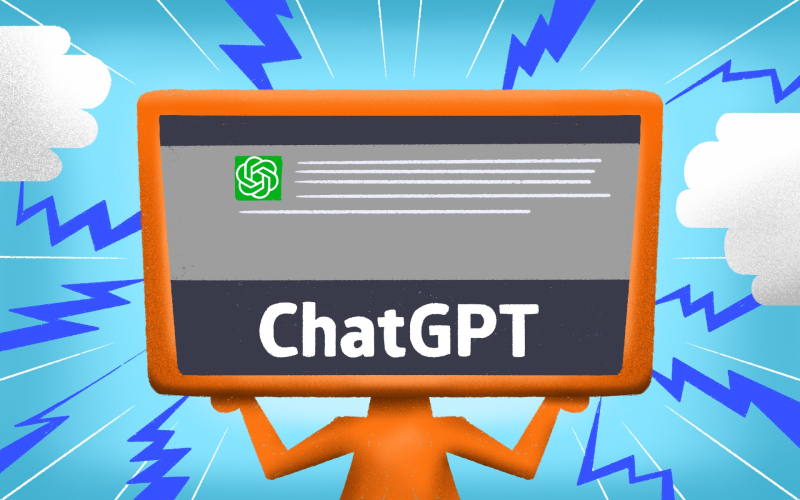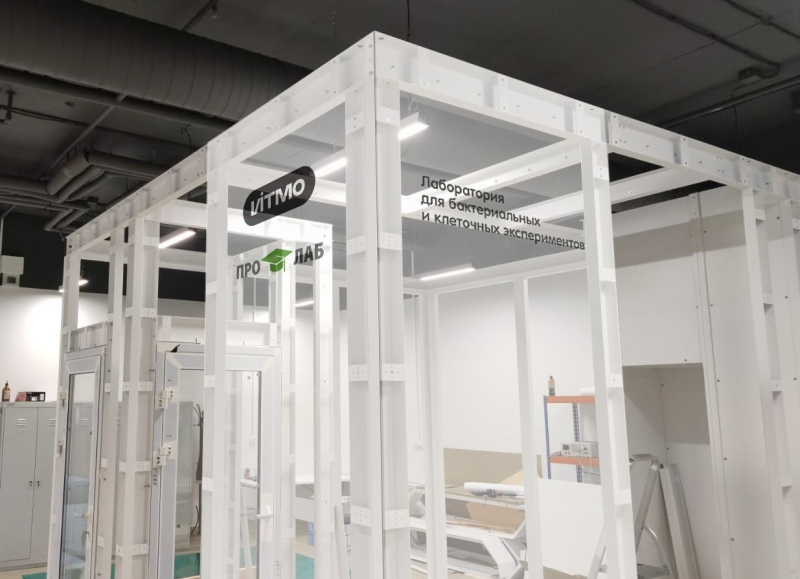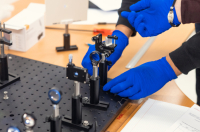Physics
Here at ITMO.NEWS, 2023 started off on a high note with the announcement of a new quantum entanglement generation method. Researchers from the university’s School of Physics and Engineering had suggested an all-new framework through which it may be possible to conduct complex calculations crucial to the next generation of computing systems.
Read more: New Method of Quantum Entanglement Generation Suggested at ITMO
In the summer, we were delighted to share news of a major achievement: a joint publication by researchers from ITMO and the Australian National University had made it into the global top 1% of the most cited papers per WoS. The paper, which detailed the use of ML and AI tech in next-gen devices, is part of an academic foray into the novel field of metaphotonics.
Read more: Metaphotonics Review by ITMO Scientists Among Top 1% Most Cited Papers
And just this past fall, one of the university’s research teams thrilled our imaginations with their new metamaterial, which they believe can help solve what is, perhaps, the most important secret of all: the nature, and origin, of the entire universe! Co-authored by a Nobel Prize laureate, the corresponding paper suggests a technology that would allow scientists to simulate the behavior of dark matter.
Read more: A Material Simulating Dark Matter Particles Described
Artificial intelligence

Illustration by Dmitry Lisovsky / ITMO.NEWS
Over the past year, one of our articles proved especially popular among readers. It’s no surprise; after all, it combines the two most trending and hotly debated topics in science – AI and quantum physics. As an experiment, we decided to ask ChatGPT for its take on quantum entanglement, theory, and more complex subjects. Then, we asked an actual physicist to review its responses. How well did the algorithm do? See for yourself in the article below!
Read more: We Made ChatGPT Explain Quantum Physics. Here Are the Results
But AI seems to be quite handy in the more down-to-earth cases, too. For instance, ITMO’s Intelligent Urban Planning Technologies Laboratory made headlines in July with their AI-based infrastructure planner algorithm. And we’re not talking about just any kind of infrastructure; we’re talking about industrial facilities in the Arctic!
Read more: New AI Solution Helps Design Arctic Infrastructure
AI made its mark on medical news, as well: not too long ago, a project from ITMO’s SCAMT Institute trained their machine learning model to recognize nanoparticles that can target cancer cells. Notably, the model was also the first to incorporate a genetic algorithm.
Read more: Researchers Train AI to Identify Anti-Cancer Nanoparticles
Medicine

Mobile research lab. Photo courtesy of ITMO's Infochemistry Scientific Center
What’s cube-shaped, 3 meters long on every side, and holds immense scientific potential? Why, of course, it’s the new mobile lab – a result of collaboration between ITMO and its industrial and academic partners. The futuristic-looking contraption, which can easily be taken apart and reassembled, is designed for various biological research, including cell culture growth and, most importantly, the development of artificial heart technology.
Read more: ITMO Researchers Present Automated Mobile Laboratory For Artificial Heart Development
On a related note, here is a project that, too, seeks to imitate life itself: this fall, an international research team came up with a chemical system that imitates biological processes and, thus, paves the way towards the development of artificial cells. Not only is it useful for the creation of better drug delivery systems, but it also serves as partial proof for the primordial soup theory of the origin of life!
Read more: Chemists Move One Step Closer to Artificial Cells
For even more science news from ITMO, make sure to browse the rest of our regular Science Roundup series.




